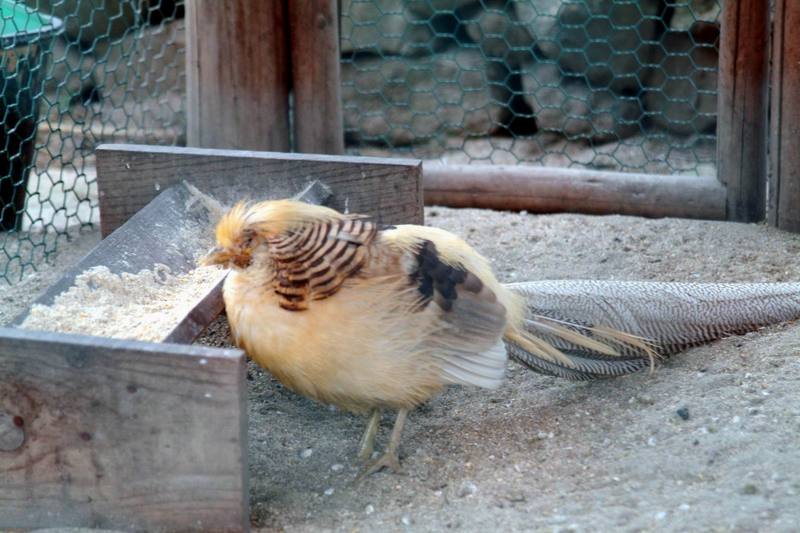|
| Query: phasianidae | Result: 77th of 376 | |
금계(金鷄) Chrysolophus pictus (Golden Pheasant)
| Subject: | 금계(金鷄) Chrysolophus pictus (Golden Pheasant)
| | Poster: | Jinsuk Kim (kusnij@naver.com)
| |

| Resolution: 1701x1134
File Size: 265412 Bytes
Date: 2004:12:28 17:03:33
Camera: FinePixS2Pro (FUJIFILM)
F number: f/4.0
Exposure: 10/150 sec
Focal Length: 8400/100
Upload Date: 2005:01:03 11:54:15
|
전라남도 순천시 낙안면 동내리 낙안읍성
|
Comments |
|---|
| | 꽃뜰펜션 이경임 |
|
금계가 아니고 황금계입니다.
질병이 완연해서
상태가 아주 좋지 않네요.
색상도 좋지않고 a,b,c로 나눈다면 c급에도 못미치는
저급의 품종입니다.
좋은종과 비교하는 자료로 활용하면 참 좋겠군요. |
| | Guest |
|
| The Golden Pheasant or Chinese Pheasant, (Chrysolophus pictus) is a gamebird of the order Galliformes (gallinaceous birds) and the family Phasianidae. It is native to forests in mountainous areas of western China but feral populations have been established in the United Kingdom and elsewhere. |
^o^
Animal Pictures Archive for smart phones
^o^
|
|
|

